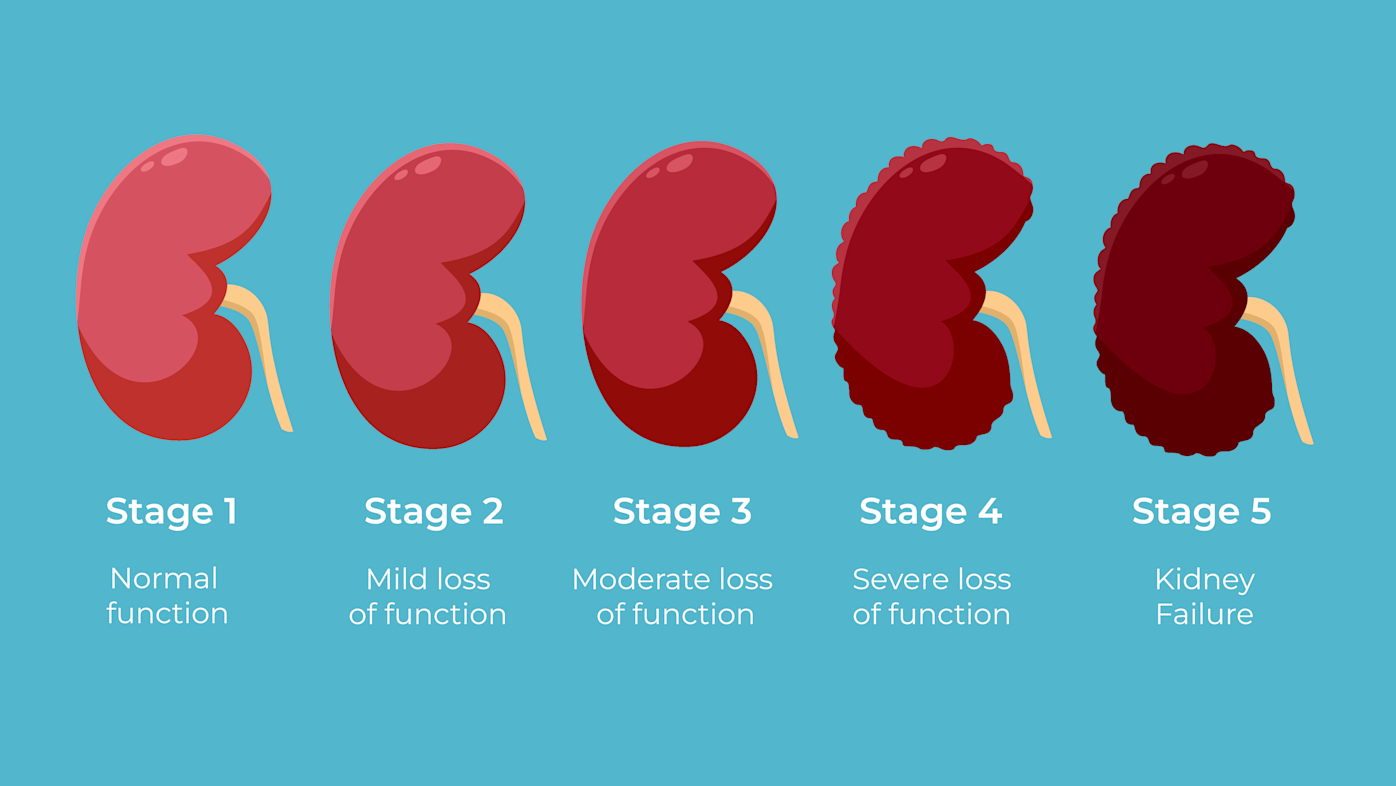Uremia:
- Uremia refers to clinical abnormality whereas azotemia refers to laboratory findings
- Azotemia denotes elevated quantity of non-nitrogenous compounds in blood.
- Serum creatinine and blood urea nitrogen are main attributes to judge uremia.

Etiology:
- Pre-renal causes:
- Hemorrhage, loss of plasma during burns and crushing injury
- Loss of fluid from body during diarrhoea and vomition.
- Diabetes and septicaemia may also produce this condition.
- Renal causes:
- Nephritis
- Nephrosis
- Jaundice
- Sulphonamide toxicity
- Sodium chloride poisoning
- Post-renal causes:
- Obstruction of urethra
- Obstruction of neck of urinary bladder
- Obstruction of ureter
Clinical Findings:
- Animal loses their appetite and become anorexic
- Vomiting and diarrhoea may occur
- Increased thirst (polydipsia) and increased urination (polyuria)
- Animal becomes dehydrated.
- Mouth ulcers can develop, causing pain and discomfort
- Foul-smelling breath (uremic breath) may be noticeable
- In severe cases, neurological symptoms like seizures or disorientation can occur
Diagnosis:
- On the basis of history and clinical findings
- Blood test: Elevated level of urea and creatinine
- Urinalysis: It helps to detect kidney function and abnormalities
- Ultrasound or X-rays helps to evaluate kidneys and surrounding structure
- Kidney biopsy may be necessary in some cases to detect cause of kidney dysfunction.
Treatment:
- Primary cause(s) should be corrected.
- Dextrose 5% or other fluids are administered intravenously to flush out toxins and correct dehydration.
- To control acidosis, sodi-bicarb 5% solution should be given through IV route.
- Diets low in protein and phosphorus are prescribed to reduce workload on kidneys.
- Fluid and clean drinking water should be given ad libitum.
- Diuretics; Furosemide or Mannitol should be used to correct oliguria and increase urinary output.
- Antiemetics: Metoclopramide or Ondansetron are used to control vomition. Ondansetron @ 0.6 –1 mg/kg PO or IV q12h; usually combined with metoclopramide.
- Phosphate binder; Aluminium hydroxide are most commonly used to treat high phosphate levels secondary to kidney dysfunction. Aluminium hydroxide @ 30 –90 mg/kg PO once a day to three times a day with meals in dogs.
- Antibiotics: Penicillin or amoxicillin-clavulanic acid tablets or parenteral preparations are administered.
- Dialysis should be carried out in patient with severe kidney dysfunction.